Get Best Treatment for Chalazion
- The affordable and best treatment of Chalazion by top ophthalmologists
- Get online consultation on Chalazion
- Know Chalazion causes, symptoms & treatment
What Is Chalazia?
Chalazia, also known as Chalazion (which is pronounced as kuh-lay-zee-on), can be defined as a small size lump and grows at a slow rate.
They have been usually found to be less painful than several other bacterial infections, which occur in the eye. It is caused by the stoppage in one of both the lower and upper eyelids. The meibomian glands are responsible for keeping the eyes moist. When one of these glands cannot drain properly, the medical condition that develops is known as “Chalazia.”
The fundamental cause of the occurrence of chalazia is a particular situation where meibomian glands are affected by a virus.
It is a chronic granulomatous enlargement of the meibomian glands of the eyelids. If “Chalazia” keeps reoccurring, then severe ailments can occur in the person’s successive years. Adults who are between the age of 30 to 50 and have certain pre-existing conditions such as “rosacea or blepharitis” are most commonly affected by this form of a medical condition.
Chalazia vs Eye Stye?
Chalazion and Stye are two of the most common inflammatory diseases of eyelid glands.
A stye is usually very painful but a chalazion is not. Due to an infected eyelash root, a stye often starts forming on the eyelid’s edge. Whereas a chalazion is originated, due to the presence of a clogged oil gland. A chalazion is located at a certain distance from the edge of the eyelid, in comparison to a stye. People with conditions known as blepharitis, which has been known to affect the edges of the eyelids, are in the most probable section, to get infected with either one of these conditions
Symptoms Of Chalazia
When a person develops “Chalazia,” the following symptoms can be seen: –
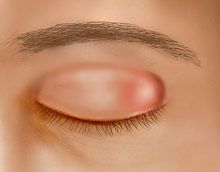
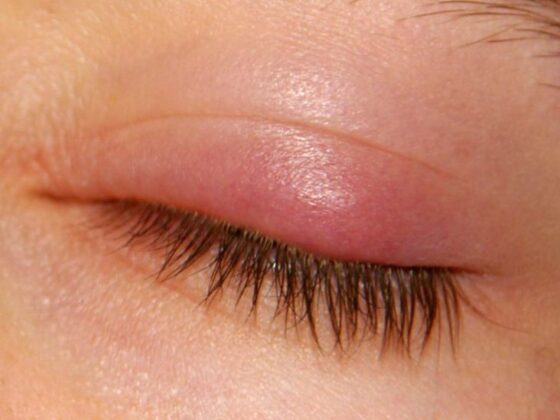
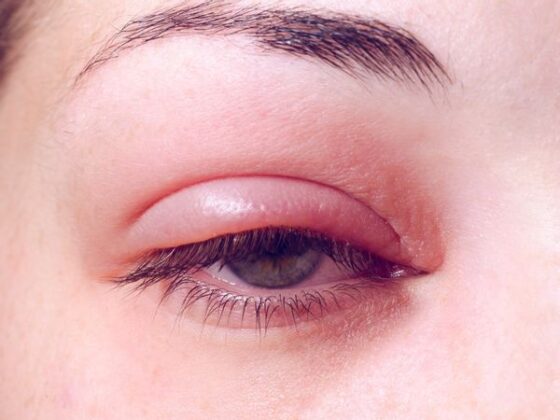
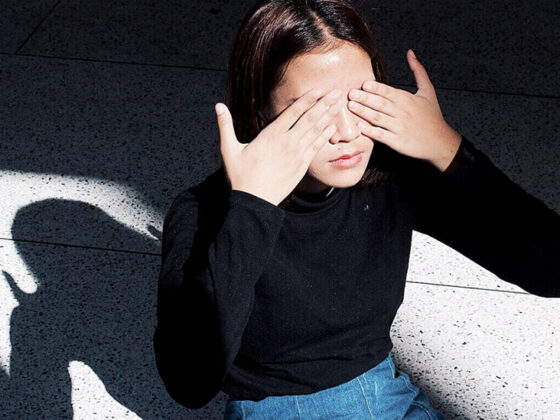
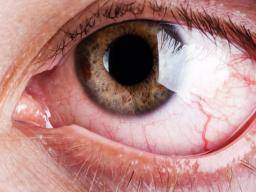
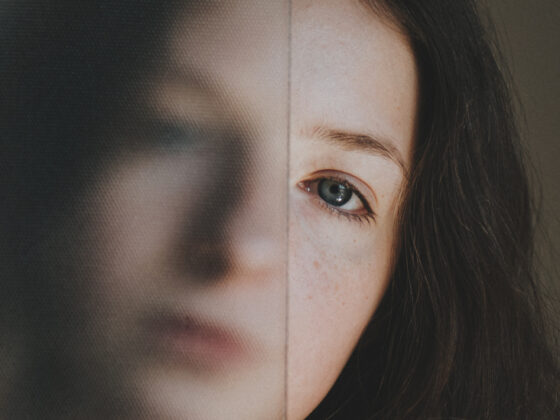
Causes Of Chalazia
A person develops “Chalazia,” the following causes can be predicted by an eye specialist:–
- A Chalazion is formed on the eyelid when the opening of its oil-producing glands becomes congested. The eyelid starts to swell because of oil getting filled up inside the gland, which happens due to the blockage in the gland..
- A person developing Chalazion due to an infection is rare, but it still exists as a possibility.
- The two red flags for the occurrence of a chalazion are “Blepharitis and Rosacea.”Rosacea is defined as a medical condition in which develops “small, pus-filled, red lumps” on the face. People with this form of medical necessity are severely prone to several forms of eye ailments such as “Chalazia” and “Blepharitis.”
- A person can also develop “chalazia” due to viral conjunctivitis; it is highly contagious and can spread if a person has physical contact with the infected person’s eye secretions.
Prevention of Chalazion
- A person must ensure that he washes his hands vigorously before touching his eyes and his face to ensure that there is no spread of any bacterial infection.
- A person must wash his face before going to bed/ remove makeup of any kind to ensure that there is no spread of any type of bacterial infection.
- A person must avoid using other people’s belongings of any kind to avoid the spread of any type of bacterial infection.
Treatment Of “Chalazia”
Chalazion Home remedies
In the early days of the formation of a “Chalazion,” certain home remedies mentioned below can be used as a form of cure:
- Use a warm compress for softening any coarsened oil, which is stuck in the gland ducts of the eyelid.
- Start massaging your eyelids in a very gentle manner, for a certain number of minutes in a day, so that the oil ducts can drain smoothly
- Ensure that the particular area is immaculate, where the chalazion has started to drain, and also a person must ensure, that there is no physical touch with the eyelids
Medicines
Specific over-the-counter treatments are available, for chalazia and sometimes, a person can also procure a certain number of ointments or medicated eye pads as methods of effective treatment. An eye specialist must always be consulted, in this particular case, to make sure the prescription is correct.
Surgery
In some cases of high severity, surgery becomes the utmost necessary option. For example:- If a Chalazion has been persisting on a person’s eyelid for a period of at least one to two months, then a surgical incision becomes the necessary course of action so as to avoid any other ailments of an eye in the future.
The surgical procedure to remove chalazia does not take much time but only a span of 15 to 20 minutes. In the first step of surgery, the doctors make sure that the eyelid is numbed down by injecting a numbing agent and then taking the bump and performing a small incision on it. After that, it is made sure that the fluid has completely drained, and then a nodule is used for the elimination of the collected material.
- After the complete surgical procedure has been performed, the eye doctor can ensure the application of a pressure patch on the eye. To prevent any kind of further infection, he may prescribe antibiotic cream or eye drops to be used for one week.
- In the particular case of a non-infected Chalazia, the doctor may inject a corticosteroid (triamcinolone acetonide) into the cyst. It’s a form of effective treatment for a non-infected Chalazia.
- In most cases, a chalazion goes away by itself, without the need for any kind of medical intervention.
Chalazion complications
Certain severe forms of medical anomalies can occur If a chalazion is not treated within a certain period.
- Pyogenic granuloma:- They are skin growths, which appear in a small, round, and red color. These particular forms of skin growth contain a large number of blood vessels because they can bleed.
- There can also be disfigurement of the eyelid.
- There can be an occurrence of a specific type of eye infection, which is known as preseptal or periorbital cellulitis.
- A Chalazia can also cause farsightedness.
- In some rare cases, a chalazion occurs on the inside of the lower eyelid, and an eye specialist must be immediately consulted to ensure the treatment at the correct time.
Our Team

Cataract, Retina, Glaucoma, LASIK
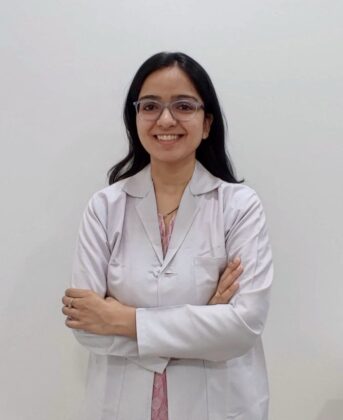
Retina Specialist
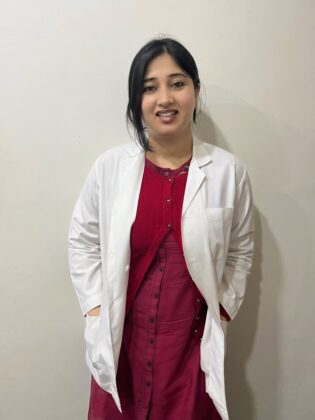
Cataract, Retina, Glaucoma, LASIK

Cataract, Retina, Glaucoma, LASIK
Chalazion Facilities
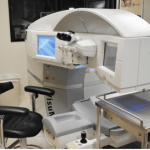
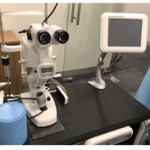


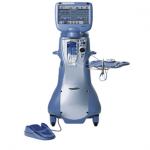


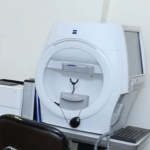
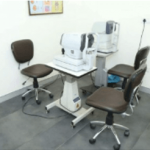
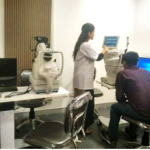
FAQ's
Generally, it takes a few weeks for chalazia to remove out of the eyelids. If you do not take your medications on time, then it may take upto a month for them to drain out of the eyes. For better results, you can apply warm compresses on the eyes 4-6 times at different hours of the day. Prefer applying the compresses for 15-20 minutes.
As per many doctors and eye specialists, you must get an incision done if the chalazion does not go for a month even after applying warm compresses and taking medicines regularly. Incision helps the person get rid of the oil and thick mucus and relieves pain in some time. It is really important for a person to see a doctor if a chalazion does not go away.
The primary cause of recurrent chalazia in the presence of the virus in the eye fluids that affect the meibomian glands. The secondary cause of chalazia is observed in people with differing inflaming conditions in the eyes like seborrhea, acne, rosacea, chronic blepharitis, or long-term inflammation of the eyelid.
There are chances that your eyelids become infected by the bacteria that result in the development of styes in the oil-producing glands. Stress can lower down the immunity levels causing difficulties for the eyelids to fight against infections like styes. Yet, there are no clinical pieces of evidence that stress primarily causes chalazia in the eyes.
Chalazia develops when there is a blockage in the oil glands of the eyes. The eyes stop being moist which retains. As a result, the eyelid swells and the fluid drains out of the eyes eventually.
Washing and flushing the infected eye with salt water twice a day relaxes the pain and discomfort in the infected eyes. Repeat the process twice a day to see effective results. Make sure that the salt solution is made with boiled water.
A chalazion will usually go away without treatment in a month or so. The most effective method is to place warm compresses over the eyelid for 10 to 15 minutes at least four times a day.